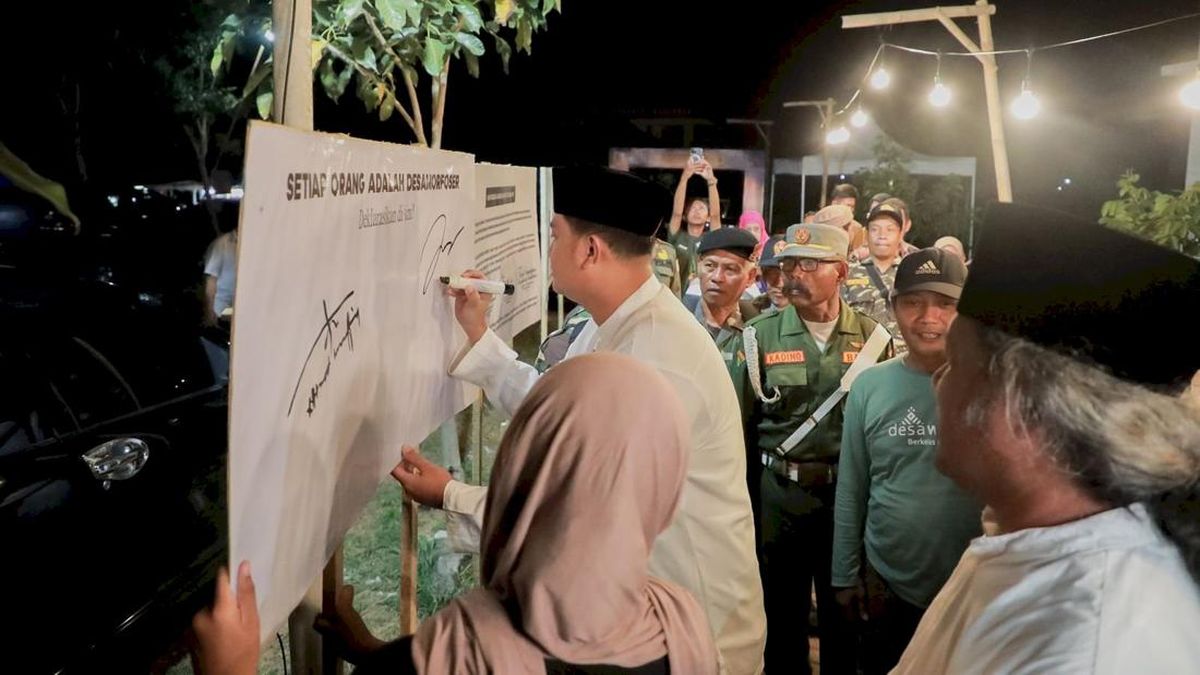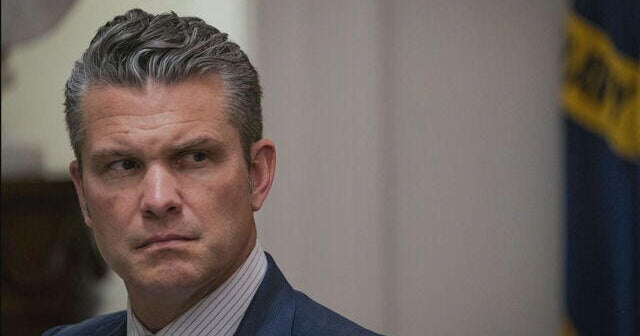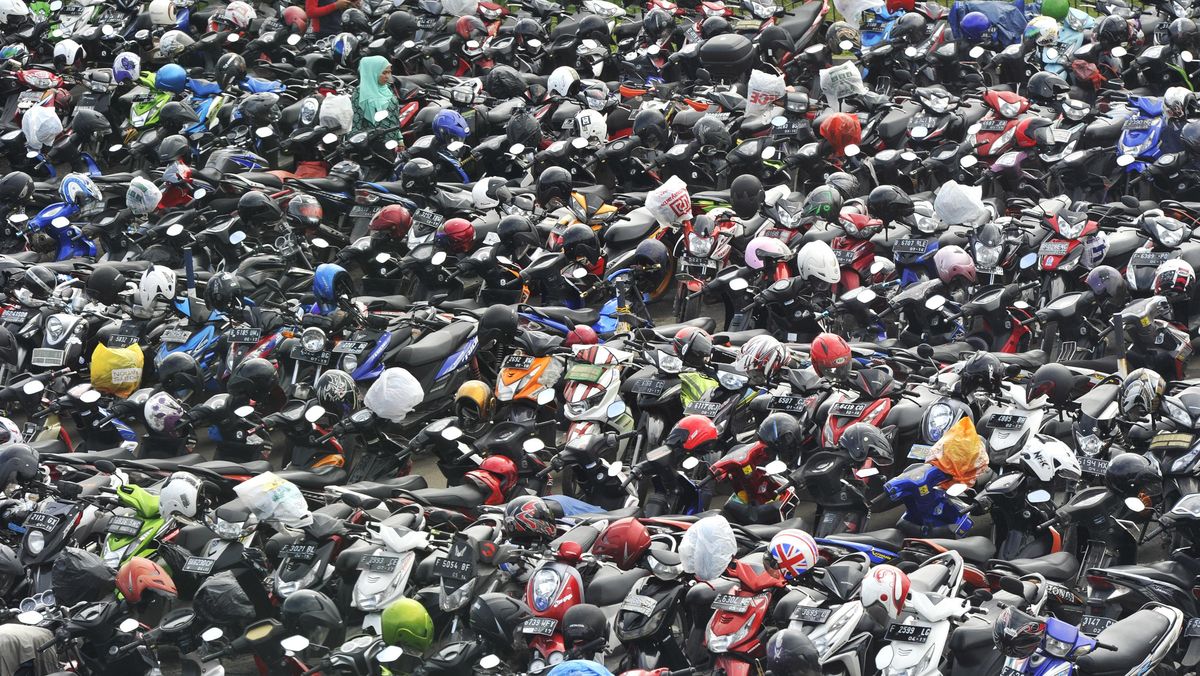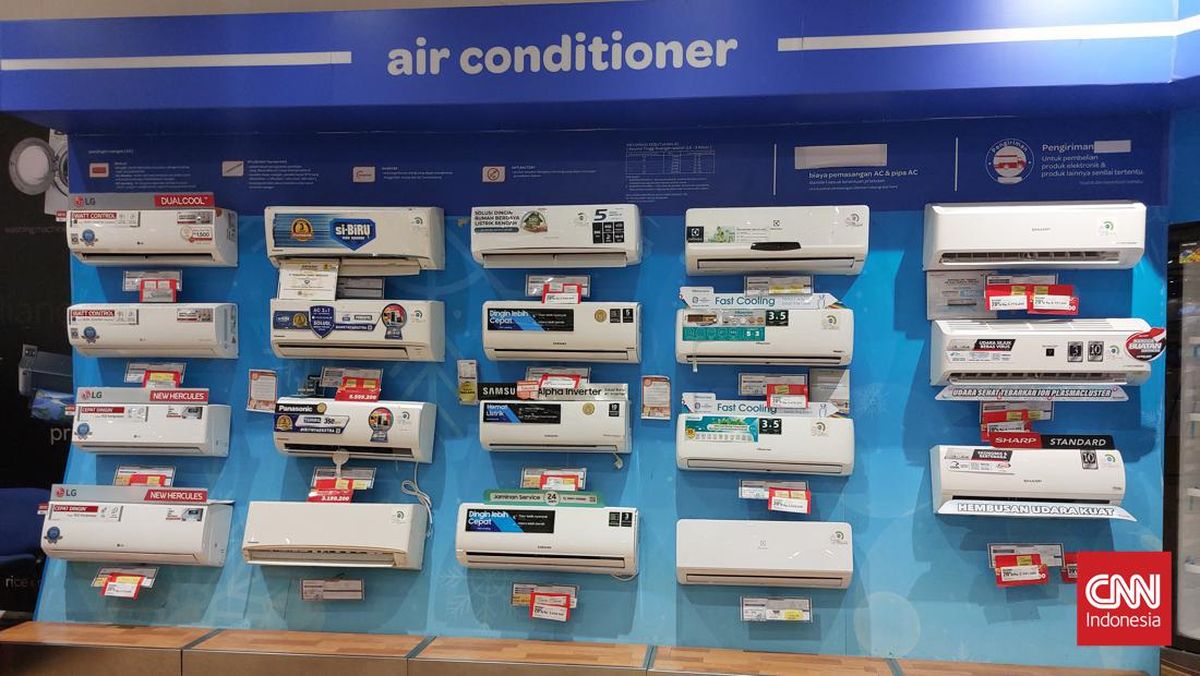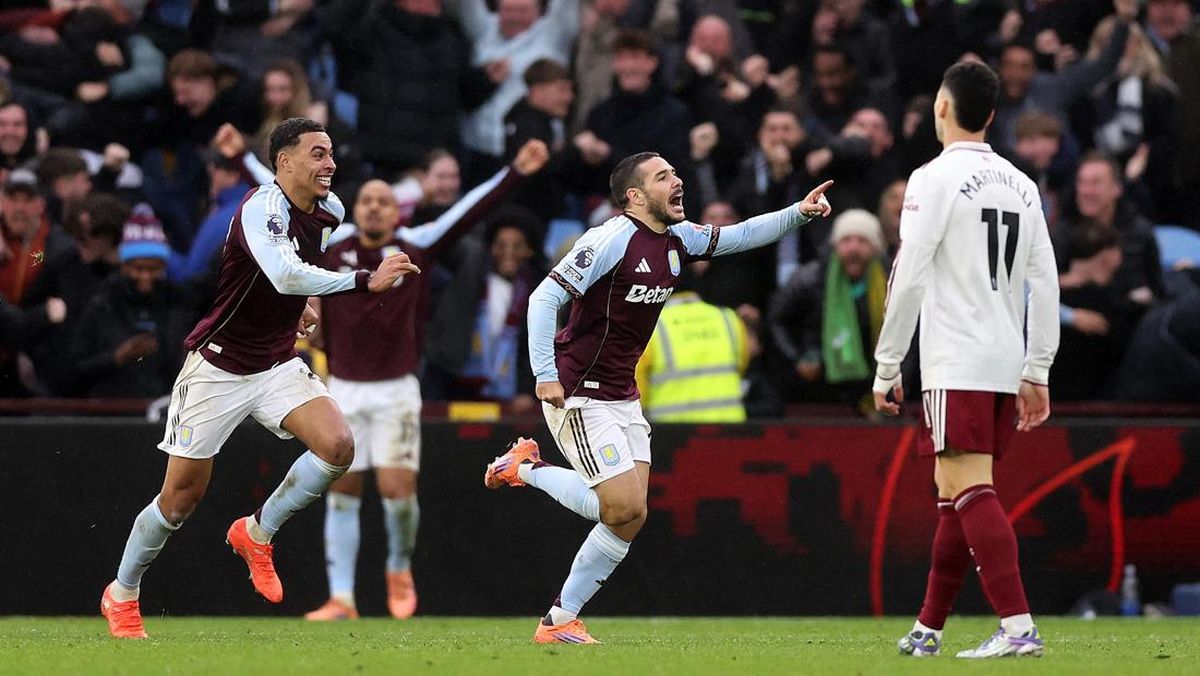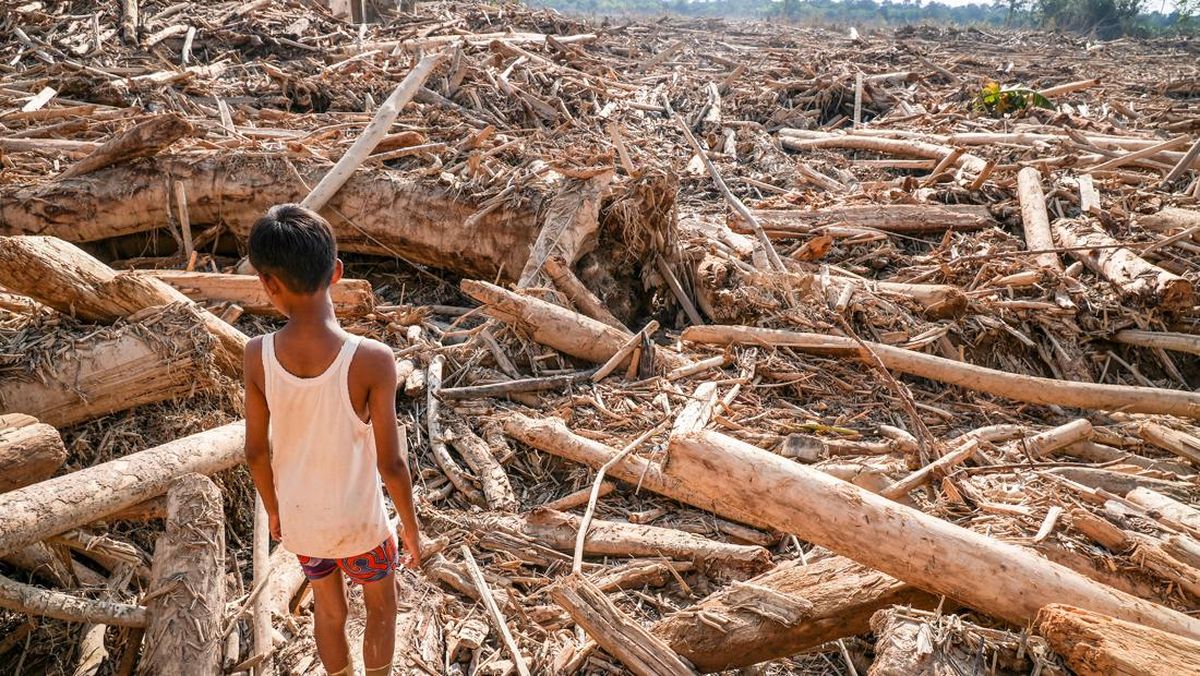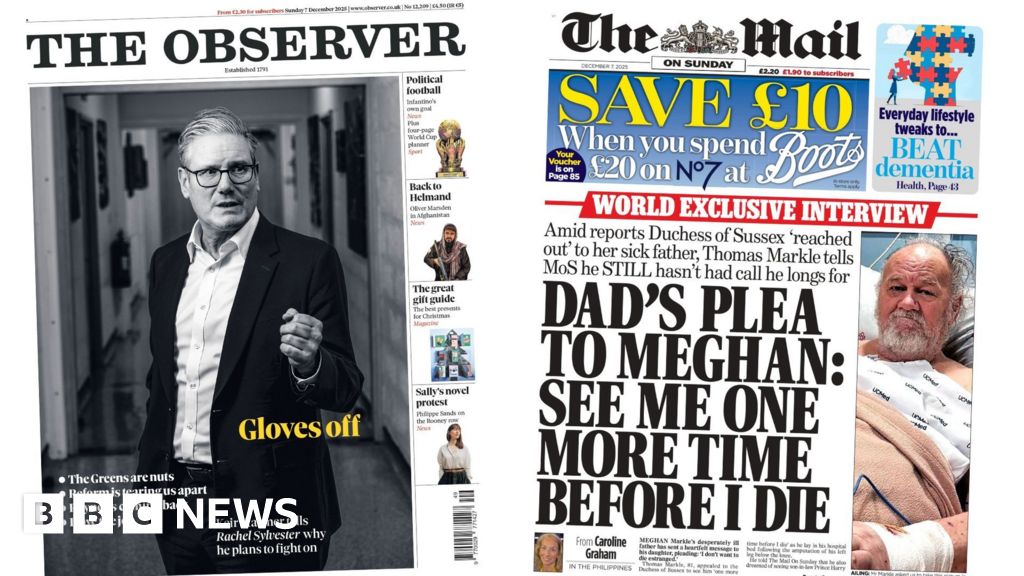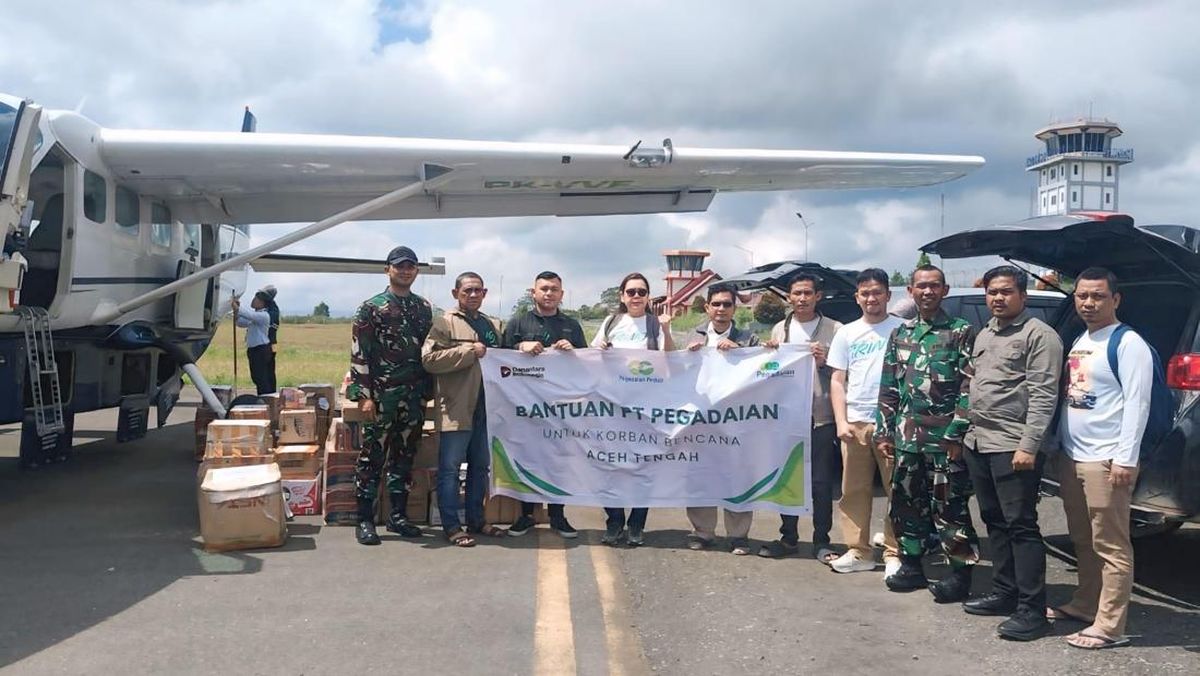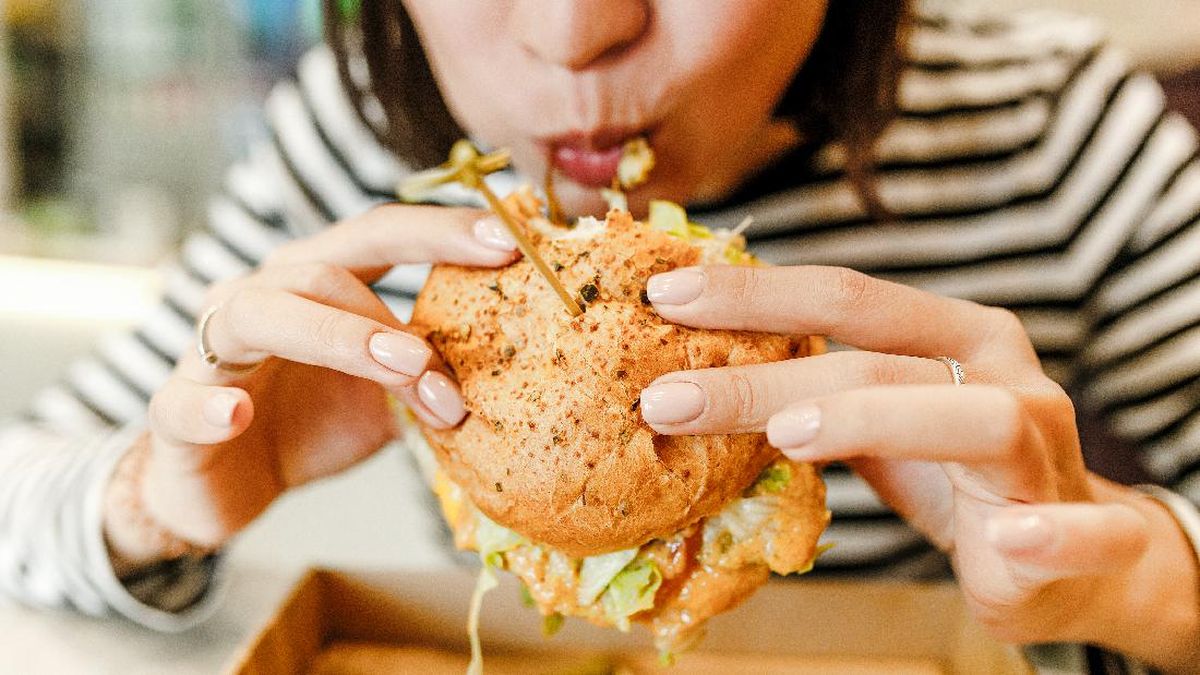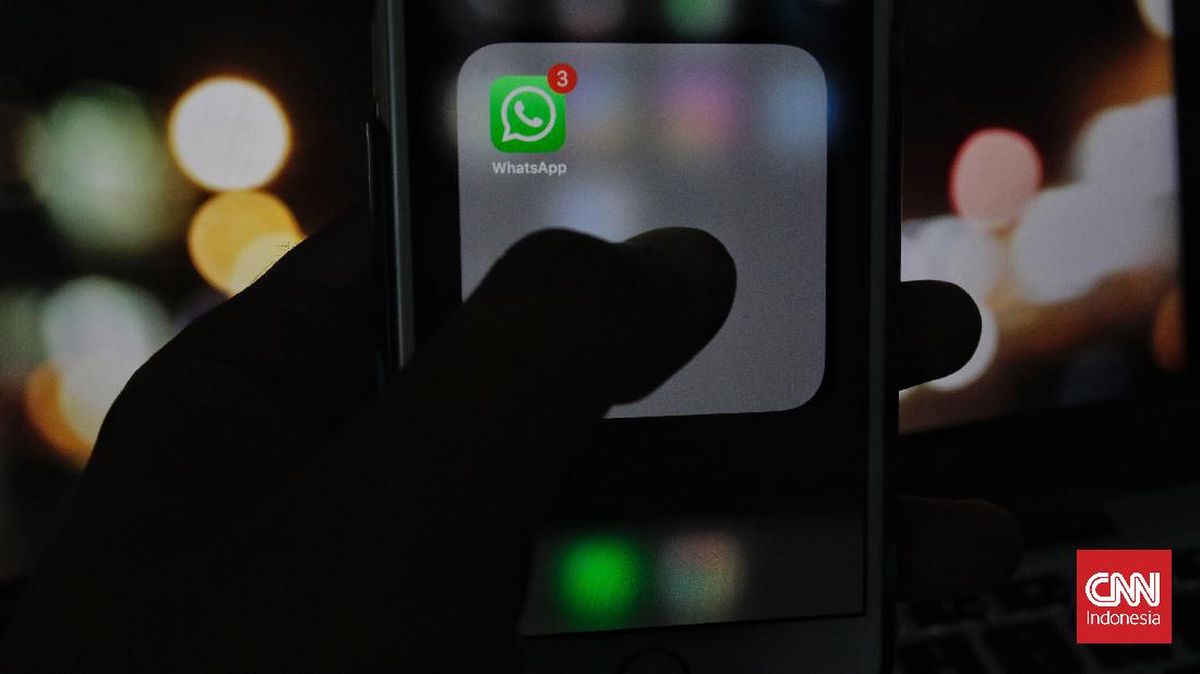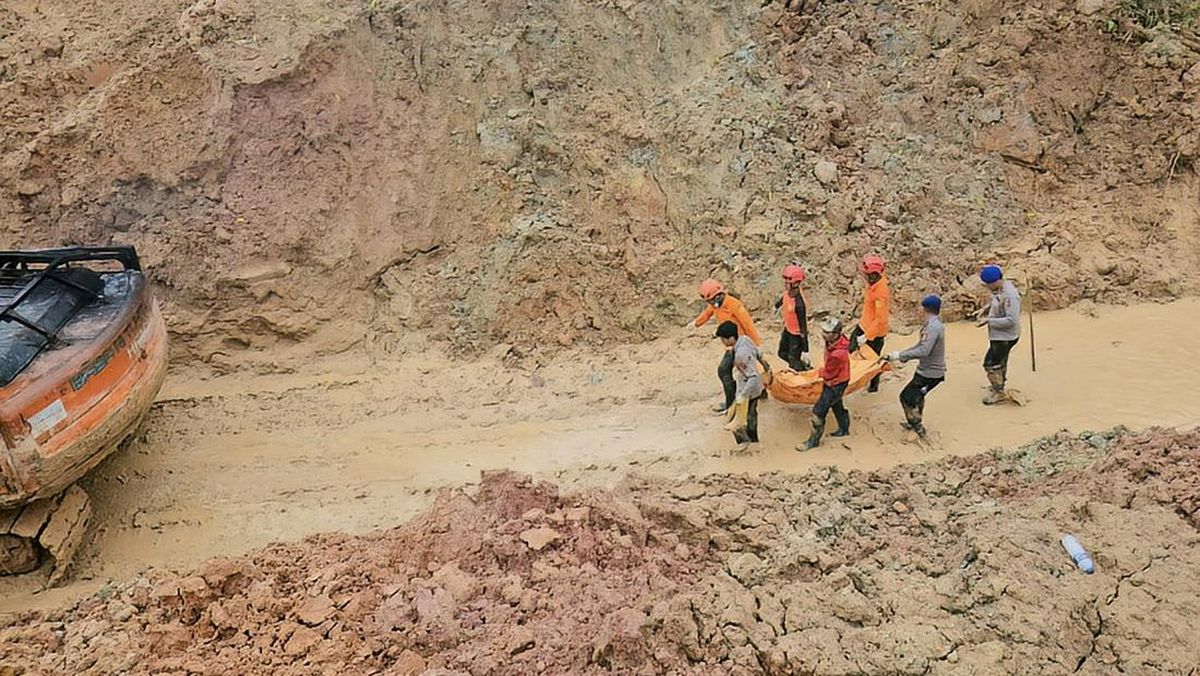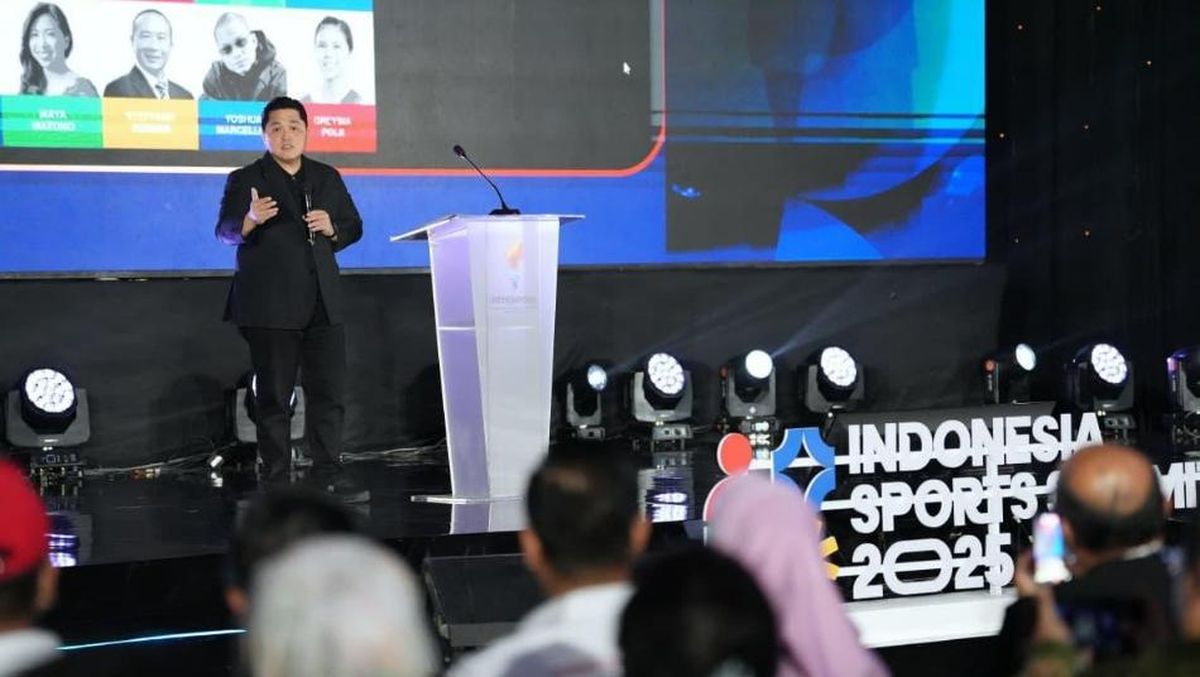Parents at some of Melbourne’s top private schools will have to find thousands of dollars more for their children’s education next year, as tuition fees at some institutions soar by more than twice the rate of inflation.
One school, St Kevin’s College, has increased year-12 tuition charges by 16 per cent for 2026, but even after the $5000 annual increase, the Toorak institution will remain considerably more affordable than most of its peer schools.

St Kevin’s has outpaced other nearby private schools in raising fees by 16 per cent. Credit: Jason South
An analysis of the charges from the high-fee schools that have published their 2026 rates, shows their average fees increasing $2146, or nearly 5 per cent from this year, well above the headline inflation rate of 3.2 per cent.
Geelong Grammar looks set to remain the state’s most expensive school next year. Year 12 fees will push past $55,000 for 2026 – up 5.2 per cent on this year. The school’s fees are more than 10 per cent more than the next most costly, Wesley College, which will charge just under $50,000.
Toorak’s Loreto Mandeville Hall has increased its fees, including a compulsory $3000 building levy, by more than 8.5 per cent to nearly $43,000. Fees at Ruyton Girls’ School will increase by 6.4 per cent, while at St Michael’s Grammar, they will rise by 6.1 per cent.
The largest increase reported so far is at St Kevin’s College, where year 12 fees will increase by 16 per cent, from $30,360 to $35,360, with a $1200 building levy charged on top.
But parents at the sought-after Catholic school were told last week that they would still be paying considerably less than families at other members of the Associated Public Schools group, which includes Geelong Grammar and Wesley.
St Kevin’s also told families that the state government’s controversial payroll tax on private schools was expected to cost the school $3.3 million next year.
A pay rise of at least 7 per cent for Catholic schools teachers across Victoria next year, and a need to ensure long-term financial stability at the Toorak institution, had also helped to push up fees, parents were told.
Loading
A St Kevin’s spokesman said the school’s academic success reflected the resources devoted to senior students there.
“The ongoing excellence in VCE results is a direct outcome of an intentional commitment and also resourcing of senior students to achieve their best,” the spokesman said.
“In 2026 this requires an adjusted price point of less than $500 per term at year 12 after other factors are considered.”
Bhavika Unnadkat, Victorian board member of the Australian Parents Council, said families were distressed about the increase in fees, and some were taking extra jobs or choosing which child to keep in private education.
In some cases, parents were being made redundant in a tough job market.
“It is very, very difficult for parents to just manage the increase in the fees,” she said.
Unnadkat said she knew of parents who had to move their primary school-aged child into the public system to keep their first child in an independent school for year 12.

Bhavika Unnadkat, Victorian board member of the Australian Parents Council, and her daughter Shirshti Rane.Credit: Justin McManus
Education economist Adam Rorris, who has been studying the sector’s funding in Australia and overseas for 20 years, said fee inflation at private schools was more about prestige than cost pressures.
“I understand it as simply an exercise in creating prestige – that means prestige via exclusion,” he said.
“Parents who could afford it at one stage, but now can’t, or find it very difficult to afford, are simply experiencing what that funding system is intended to produce: an exclusionary effect on those who don’t have the money. The system is working very well for what it’s intended to do.”
Rorris said many of the wealthier schools were putting money they had saved aside to build an underground swimming pool or elaborate football oval.
“They are manufacturing expenditure that’s not related to delivering high-quality education,” he said. “It’s expenditure that’s designed to promote and advertise exclusivity.”
He questioned the value in governments continuing to support private schools with funding.
“I think the situation is now beyond a joke,” he said.
Independent Schools Australia’s recent report showed enrolments had continued to rise every year for the past eight years despite fee increases, climbing to 18 per cent of enrolments across Australia in 2024.
Loading
Victorian independent schools enrol the second-largest proportion of students, at 23.2 per cent, after NSW, which had 32.8 per cent of enrolments.
The Morning Edition newsletter is our guide to the day’s most important and interesting stories, analysis and insights. Sign up here.
Most Viewed in National
Loading

